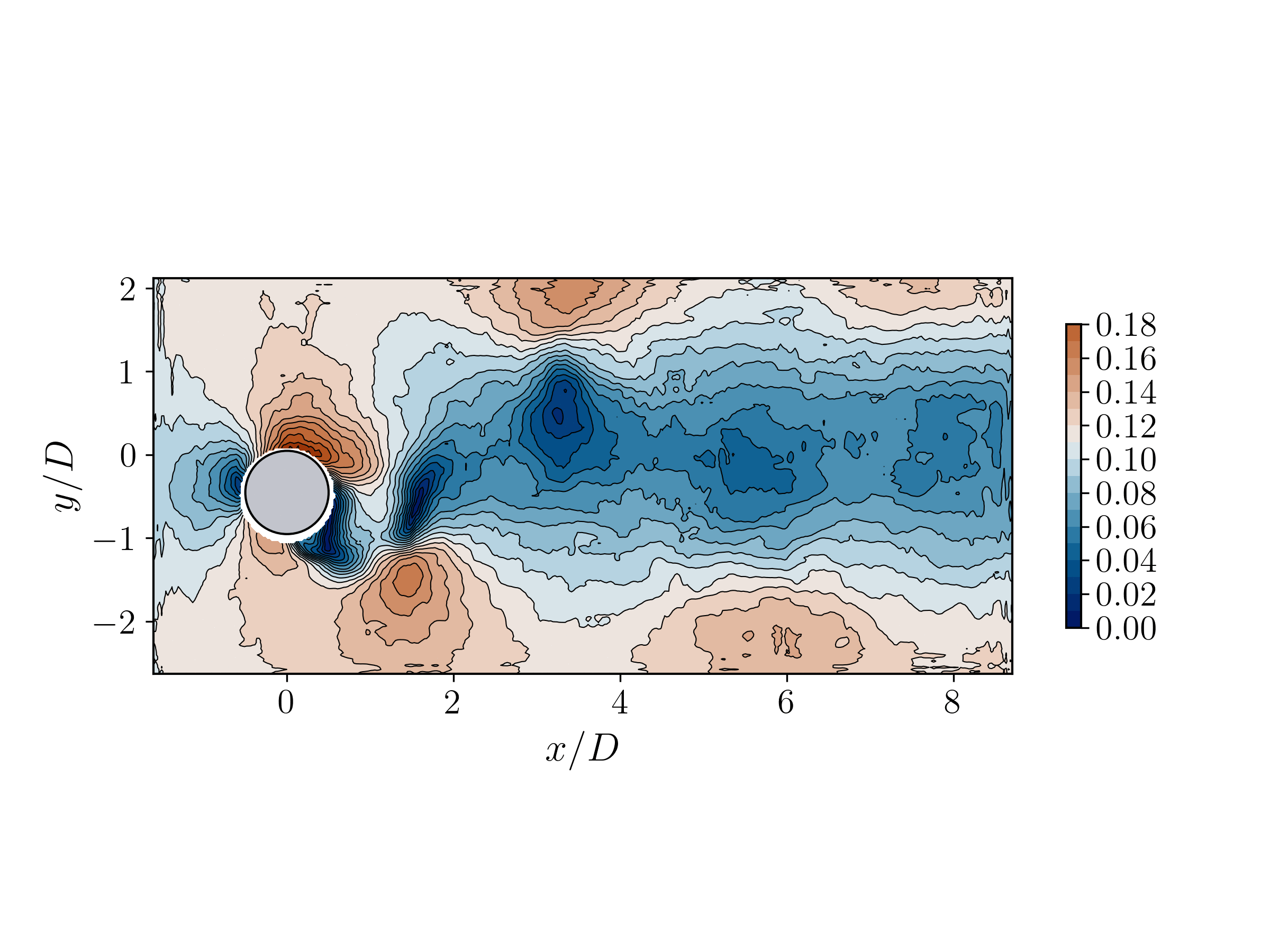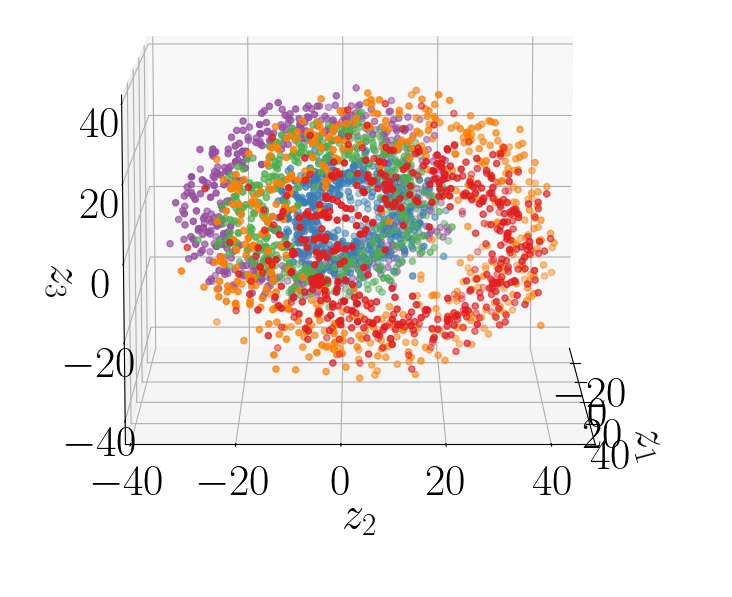Vivaldy: AI-Driven Low-Order Modeling of Vortex-Induced-Vibrations
Conference talk, 1st International Symposium AI and Fluid Dynamics, Chania, GR
How can we efficiently model turbulent flows in vortex-induced vibration (VIV) systems for energy harvesting? In this talk, I introduced VIVALDy, a deep generative framework combining a β-VAE-GAN with masked convolutions and a bidirectional transformer. The model learns compact, interpretable latent representations of flow fields while accurately predicting their evolution using only the cylinder displacement as input. Validated against experimental data across a range of Reynolds numbers, VIVALDy achieves superior reconstruction accuracy and better captures flow statistics than traditional reduced-order models—opening new directions for control and design of VIV-based energy systems.



